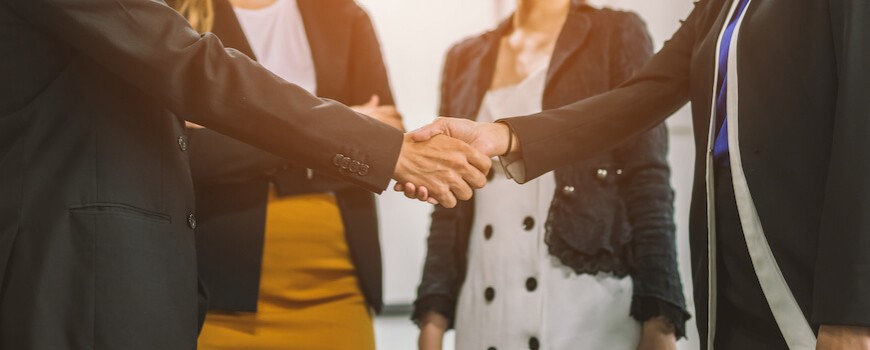
What is the Green Deal?
The Green Deal is a document that is only 24-page long. It is not a complete guideline about how to become a zero-waste society, it is about maintaining decarbonization.
The goal is to transform the EU’s economy for a sustainable future and to make the EU a global leader in eco-friendliness, showing a good example to follow, mainly for developing countries.
Global warming is here: wildfires, hot summers, unexpected storms, floods, and the melting ice in the arctic give us enough warning to realize: we have to do something.
However, the Green Deal is only the first step: the current Deal is valid until 2050, and its solutions will not provide a sustainable future. Yet it is a good beginning for further actions.
We have to act, not only because the planet is dying, but because we are running out of fossil fuels, so we need renewable energy sources and technological advancement.
EU Green Deal: Targets
Let the numbers speak first: the goal is to reduce carbon emissions by 50-55% by 2030 and to reach a zero-carbon emission by 2050. But it affects a lot of sectors: what are the key changes linked to the EU Green Deal?
- The EU’s climate ambition is increased for 2050
- Supplying clean, affordable, and secure energy: decrease in pollution
- Building renewable energy plants in an efficient way
- Mobilizing researches and fostering innovations
- Restoring ecosystems and the biodiversity of nature
- Accelerating the ‘sustainable thinking’ (switching to healthier lifestyles, for example: using more public transport or ride the bicycle)
- Maintaining an eco-friendly food system (less meat consumption)
- Rising the global economy standards, encouraging other countries to improve
Reaching these targets will highly affect our lives. We can live, breathe, eat and drink in a healthier environment. We can clean the air and our seas, thus avoiding
- 400.000 premature deaths due to air pollution,
- ~100.000 annual deaths due to heatwaves,
- the extinction of almost 20% of the species,
- 500.000 people losing their homes as a result of river flooding.
Other than that, if we do not act now, food price is expected to rise with 20%.
We don’t have the time to wait. The EU might take action just in time, but the rest of the countries have to join this movement as soon as possible.
Green Agenda: Actions

According to the European Commission, the needed actions will cost around 1 trillion euros. This amount includes the technological revolution and the support of regions. For example: in the EU 128 coal mines are in operation, employing more than 200 thousand people. Because of the Green Deal, most of the coal mines need to be shut down. So the only solution is to create that many job opportunities in Europe.
The main actions are summarized in three plans:
- The Circular Economy Package
- The Farm to Fork Strategy
- The Biodiversity Strategy
EU action plan for the Circular Economy
This action planaims to keep economic cycles long enough to generate and maintain jobs. A sustainable economy with recycling chains (food, batteries, packaging, plastics, etc.) can give work to people for a long time, thus making people not only healthier but happier too. The problem is that people don’t feel safe in their jobs today: changes are coming, and that implies losing their job.
Biodiversity Strategy
We have to recover nature’s biodiversity. This includes actions like
- Repopulating forests, planting trees
- Diversify crops so that they can adapt better to changing climates
- Building infrastructures in a more sustainable way
- Protecting more land and sea (establishing natural parks, or protected lands)
- Reducing the use of harmful pesticides
It is probably the most important part of the Green Deal. In the past 40 years, 60% of wild species disappeared, another 1 million species are at risk of extinction.
Farm to Fork
The food industry is not sustainable enough. Transporting, packaging, and producing food consumes much energy, and increases greenhouse gas emissions. The meat industry consumes too much water.
A change in agriculture is needed. We have to fish and farm with a new approach, but the people have to adapt to this situation too. For example, in the Netherlands ‘Meatless Monday’ is a trend. In Central and Eastern Europe it is almost unimaginable that meat would be missing from the table.
In short:
- Agriculture technology needs a change,
- Farmers need to focus on water consumption,
- People should change their eating habits, for example eating less meat,
- People should also go to package-free shops.
Summary: European Green Deal
We, humans, are facing our biggest challenge ever: we are fighting against time and nature. We need to act together. With the European Green Deal, we are educating the younger generation to live healthier and more sustainably. And we are showing an example to countries that are not part of the United Nations: this is the time for a change.
